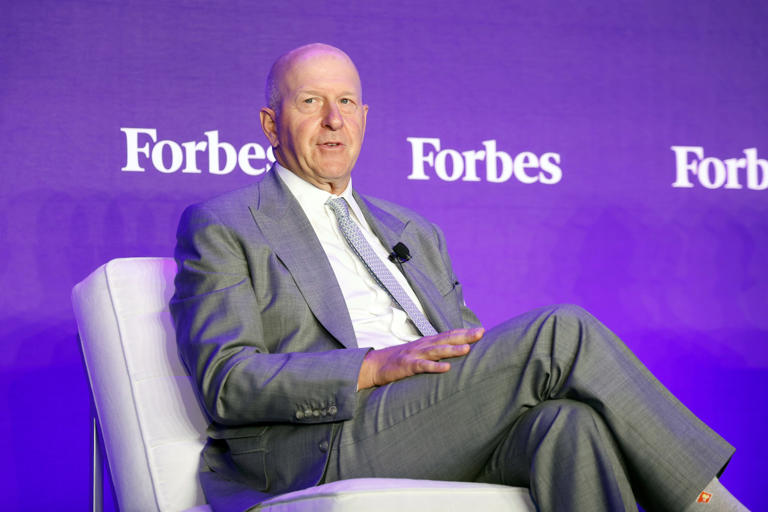The outlook on Federal Reserve interest rate policy has undergone significant changes in 2024. Early in the year, investors and analysts anticipated multiple rate cuts as they expected the economy and inflation to slow down. However, the situation has evolved, leading to a reevaluation of these expectations. This shift reflects broader economic conditions and evolving perspectives from key financial figures and institutions.
Initial Expectations and Subsequent Revisions
At the beginning of 2024, market participants were optimistic about the Federal Reserve implementing six or seven rate cuts. This anticipation was driven by expectations that the economy would decelerate and inflation pressures would ease. However, as the year progressed, the scenario shifted. By April, many experts, including Torsten Slok from Apollo Global Management, adjusted their predictions, forecasting no rate reductions for the remainder of the year.
Recent Economic Indicators and Expert Predictions
More recent economic data has influenced new predictions about Federal Reserve policy. Shrinking inflation and signs of economic deceleration have led some experts to suggest that the Fed might implement one or two rate cuts by the end of the year. Interest-rate futures now reflect a high probability of rate adjustments, with a 100% chance of a rate cut by September, according to CME FedWatch. The probability for a rate cut at the upcoming Fed meeting is relatively low, at 4.1%.
Futures markets indicate a 98.3% chance of at least two rate cuts by December, with a 65.3% likelihood of at least three reductions. These figures underscore a market expectation for further easing in monetary policy, reflecting concerns about the economy’s trajectory and inflation dynamics.
Contrarian Views on Rate Cuts
Not everyone agrees with the prevailing sentiment. Former New York Federal Reserve President Bill Dudley, who previously advocated for maintaining higher rates for an extended period, has recently changed his stance. Dudley now argues that the Fed should implement a rate cut soon, citing recent economic data that shows signs of the central bank’s efforts to slow down the economy having a tangible effect. He points to slowing consumption, housing, and hiring as evidence that the Fed’s policies are working. With inflation also easing, Dudley believes that delaying a rate cut could unnecessarily increase the risk of a recession.
Dudley’s shift in opinion highlights the evolving nature of economic analysis and policy recommendations. He acknowledges that while it might already be too late to prevent a recession by cutting rates, acting now could mitigate further economic risks.
Vanguard and Goldman Sachs Perspectives
The views of major financial institutions such as Vanguard and Goldman Sachs offer contrasting perspectives on the Federal Reserve’s potential actions.
Vanguard economists maintain a more cautious outlook, predicting that the Fed will refrain from taking action on interest rates through the end of 2024. They argue that persistent economic growth, labor market strength, and stubborn inflation will likely prevent the Fed from feeling confident enough to cut rates this year. However, they concede that favorable inflation readings could make a rate cut feasible, with September being the most likely timing for such a move. Despite this, they assign a low probability to the necessity of additional rate increases beyond a potential single cut.
Goldman Sachs, on the other hand, has adopted a more dovish stance. Chief Executive David Solomon, who had previously forecast no rate cuts for 2024, now foresees the likelihood of one or two rate cuts in the fall. Solomon notes that shifting consumer behavior and the cumulative impact of long-term inflation pressures are affecting consumer habits. Goldman Sachs’ official projection includes a rate cut in September followed by another in the fourth quarter.
Implications for Consumers and Investors
Interest rate changes have profound effects on both consumers and investors. Lower rates generally mean reduced income from bonds, money-market funds, and bank accounts, but they also lead to lower payments on mortgages, auto loans, and credit cards. For consumers, this could mean more manageable debt service costs, while investors might experience lower returns on fixed-income investments.
Conclusion
The evolving outlook on Federal Reserve interest rate policy reflects a complex interplay of economic indicators and expert opinions. Initial expectations of multiple rate cuts have been tempered by recent data and shifting perspectives from key financial figures. As the year progresses, the Fed’s decisions will continue to be influenced by economic conditions, inflation trends, and broader market expectations. Understanding these dynamics is crucial for anticipating future monetary policy moves and their potential impacts on the economy and financial markets.
